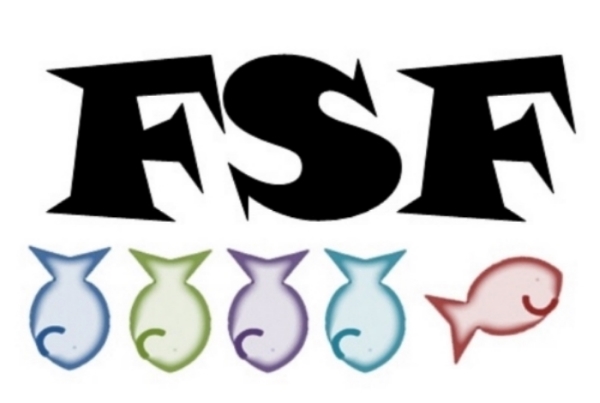Brief History: This story, most famously recorded by the French Charles Perrault, is about an awful woman with two daughters, one good, one bad. The younger, the good and beautiful daughter, met an elderly woman by the spring while fetching water. The younger daughter helps the woman to get a drink and the woman (who of course was a fairy) grants her the "gift" of spitting out diamonds and pretty flowers when she speaks. Yeah. . . that's what she does for mortals she likes. The awful mother of course insists that her equally awful daughter go get the same "gift", but when the older daughter arrives at the spring she finds a beautiful, richly dressed lady. When asked for help to get a drink from the rich woman, the older daughter is very rude. This results in the lady (who is of course the same fairy) curses the older daughter with vipers and toads coming out of her mouth when she speaks. Mom decides that this is all her younger daughter's fault and the girl runs away before she could be beaten. A king's son found her, fell in love with all of the precious metals coming out of her mouth, and married her. Meanwhile, the elder daughter died alone in the woods.
Analysis: I know that the roses and jewels are supposed to be metaphorical of the kindness of the younger daughter, but I still say that the fairy was a jerk. How does the girl talk clearly? Would her spitting up of expensive shinies result in an economic inflation? What about the welfare of the snakes and toads coming out of the other daughter's mouth? Or would the number of reptiles being added to the forest population unbalance the ecosystem? The mind boggles.
Blame It on the Victorians: Once again, the Victorians shift the blame to the step-parents. In many later versions, the awful mother becomes the awful step-mother. Because the Victorians couldn't let dad's second wife have a break.
Last Thoughts: Seriously? How was that a gift? I think that fairy was the true villain. . . She's right behind me, isn't she?
*If you want know any of the places where some of my research comes from, just contact me.

